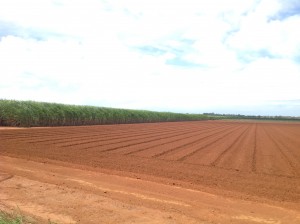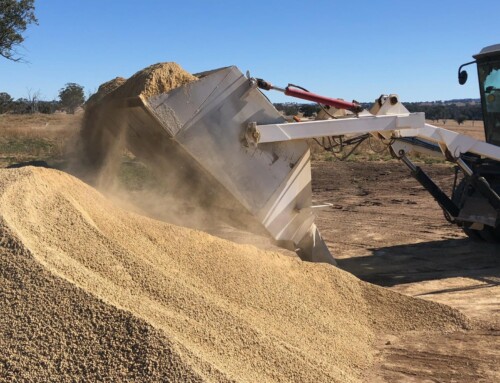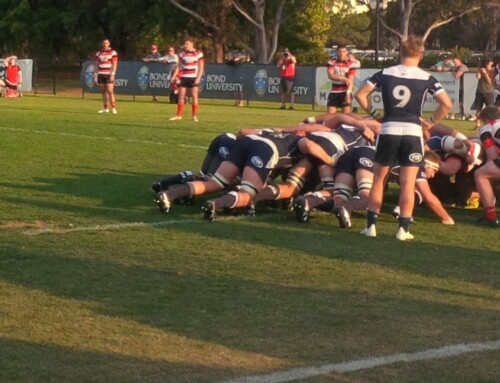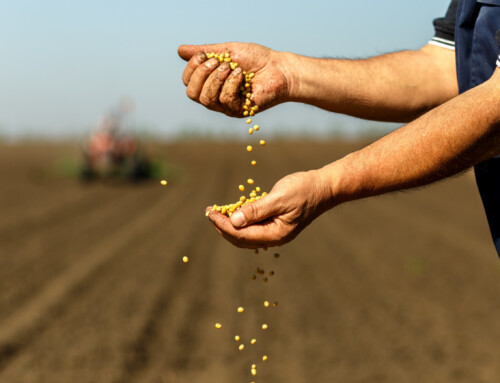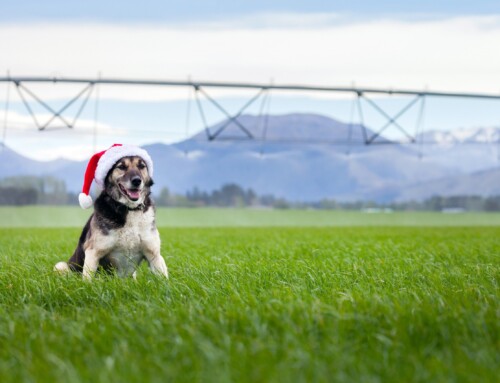Management of the ratoon cane is important because the bulk of cane supply in any one year is from ratoon crops. This represents about 75% to 80% of cane supplied to Queensland mills. The length of the ratoon cycle varies, but a plant crop and three ratoon crops are typical for the Queensland industry.
The success of a ratoon crop is dependent on the condition of the cane stool after harvest, the health of the soil and the growth of the ratooning plant. Many factors can influence ratoon growth. These include the effect of the preceding harvest operation, soil moisture, variety being grown, nutrient availability, weed competition, pests and diseases, equipment traffic and row profiles.
Typical Ratoon Cane Fertiliser blends:
- PF 50-50 is a Urea MOP blend
- PF 50-50 is a Slow Release Urea MOP blend . The urea polymer or carbon coated)
- PF 140S is a fertiliser blend, containing Urea, SOA and MOP
- Cal-Gran Fertiliser range (cal-gran 50/50, cal-gran 130, cal-gran 130, cal-gran 140, cal-gran 150, cal-gran 130)
- Tunza Sugar Fertiliser Range (Tunza 141, Tunza 151, Tunza 161, Tunza 301 )
- Numerous tailored blends to meet your fertiliser and amendment requirements in one pass.
Slow Release Urea fertilisers and blends are generally applied in ratoon cane using stool-splitters or double disc openers, with the fertilisers applied in the centre of the hill or side dressed either side of the plant row into the hill. Slow Release Urea fertilisers and blends can also be side dressed in plant cane where a significant amount of nitrogen is needed and there is a risk of leaching, denitrification or run off.
